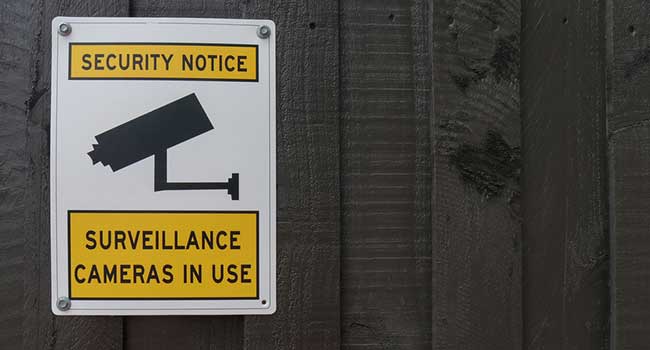
North Carolina Library Defends Decision to Install Cameras in Bathroom
Rocky Mount Library says the cameras in the bathroom are a matter of security.
- By Sydny Shepard
- Jan 11, 2019
In this new technology-driven world, most people are aware of the fact they are on camera when they are in public spaces. For security and monitoring reasons, businesses, facilities and schools have installed security cameras as both a deterrent and evidence gathering device in the case of a crime.
For a Rocky Mount, North Carolina library, the areas in which they installed their security cameras was widened when they realized the amount of problems they were seeing in their restrooms.
"Someone stood on a toilet and kicked another fixture off the wall," Braswell Memorial assistant director Phillip Whitford said. "We began to be worried that, what if someone was having this kind of rage fit and another patron walked in, particularly a child?"
Braswell explained that the library was seeing several incidents a week in their bathrooms and had no way of knowing that something was happening or evidence of who did it.
The library, after consulting with an attorney and researching state law on the subject, decided to install cameras in the bathroom area.
"The cameras do not point at stalls," Whitford said. "They do not point at urinals. You can't see any reflections in the mirrors in those areas."
The cameras are stationary and cannot be moved or angled. They also cannot be zoomed in. The video recorded by these cameras is fed to a digital recorder that remains in a locked room at the library. Footage is only accessed in the event of an incident.
Signs indicting that there is a camera present in the bathroom were hung upon installation. The signs read: "The common areas of this restroom under surveillance for your protection."
Some locals believe that the cameras are an invasion of privacy, even if they only record common areas of the bathroom. Whitford told WRAL local news that they did extensive research on the subject before installing the cameras and under North Carolina state law, they are allowed to record the areas. He mentioned that other businesses in the city also record the common areas of their restroom to deter and record incidents.
Library officials say since the installation of the cameras, there have been no incidents in the bathrooms.
About the Author
Sydny Shepard is the Executive Editor of Campus Security & Life Safety.